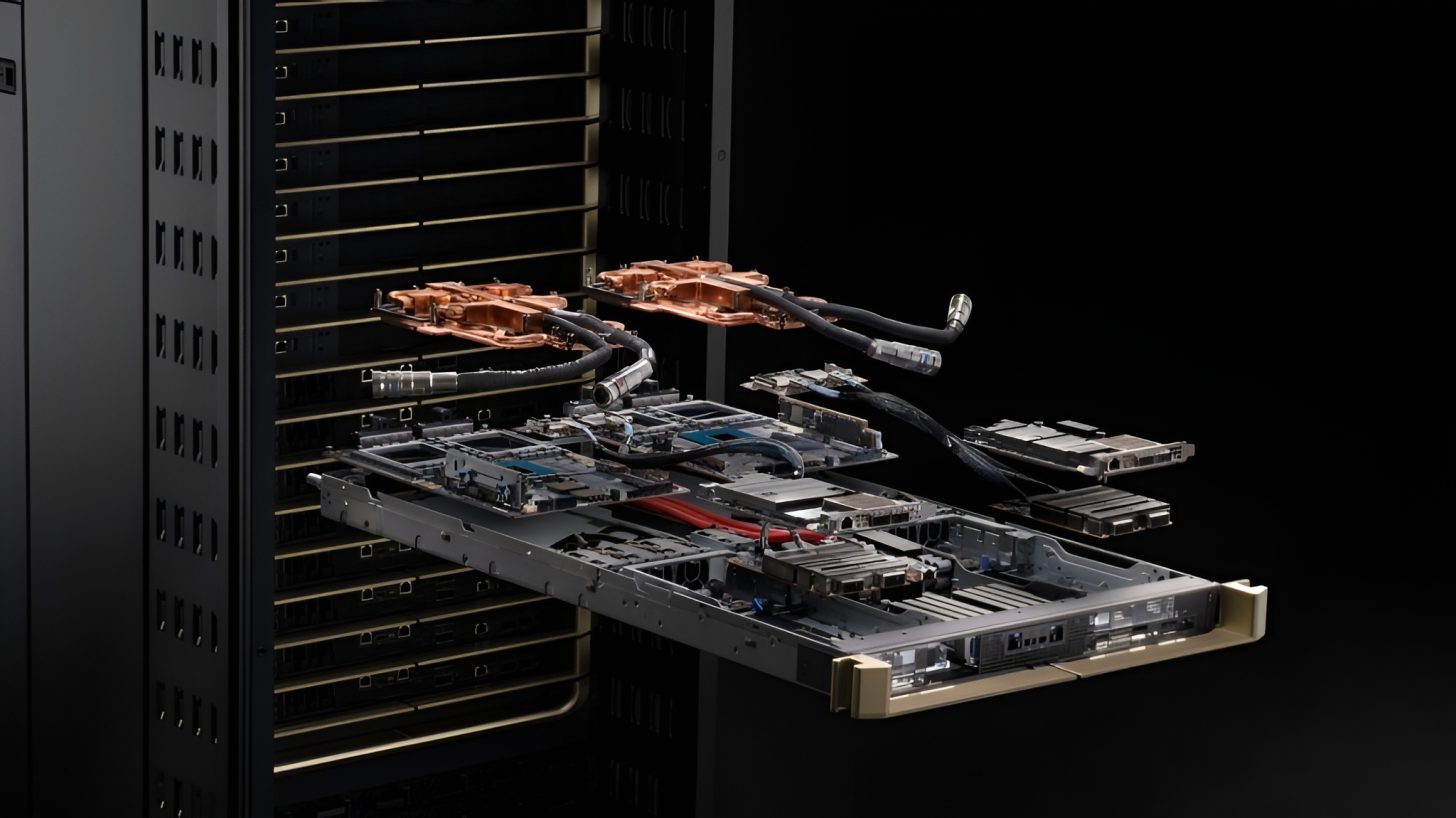NVIDIA is setting its sights on a significant transformation in its AI server strategy, aiming to take the reins of the entire process from supply to deployment. Rather than being just a part of the supply chain, the company is working to control the entire system to efficiently deploy AI server racks.
NVIDIA’s New Role in Supplying Complete Systems
Traditionally, NVIDIA’s AI supply chain has relied on several partners to manufacture various components. Companies like Foxconn, Quanta, and Wistron are heavily involved in the production of AI server racks. Previously, NVIDIA provided only essential elements like AI GPUs and server boards, such as the Bianca Port UPB. However, recent discussions during Wistron’s Q3 earnings call indicated a shift to “directly supplying” comprehensive systems.
A very important question by a JPM analyst in Wistron’s Q3 call yesterday, which has been circulated in the supply chain since October.
“NVIDIA appears to be planning a major shift in its business model—moving away from selling the board (Bianca Port UPB) and instead directly… pic.twitter.com/ssxkI1bH5M
— Ray Wang (@rwang07) November 12, 2025
By taking a more direct approach, NVIDIA plans to provide Level-10 systems to partners. This strategic shift aims to streamline rack designs and significantly cut down on the time needed to bring products to market.
Strategic Efficiency and Supplier Collaboration
NVIDIA is poised to offer comprehensive ‘blueprints’ to manufacturers like Foxconn and Quanta, guiding them in producing AI systems while discouraging individual rack designs. This strategy aligns with NVIDIA’s earlier introduction of its ‘MGX architecture’, which defines the server’s complete architecture from single nodes to whole rack-scale ‘AI factories’.

This new method enables NVIDIA to cut deployment times drastically, from 9-12 months to just 90 days, by pre-defining 80% of the system, which accelerates the delivery of newer architectures like Rubin/Rubin CPX racks. This results in higher margins and an expanded Total Addressable Market (TAM) for NVIDIA while benefiting suppliers with enhanced collaboration and operational efficiencies.
What I can say is that regardless of whether it’s NVIDIA or any of our other customers, and regardless of who the end customer is, the work is still done by Wistron. So from Wistron’s perspective, this business model doesn’t really create a major impact. In fact, I believe this is all positive for Wistron.
NVIDIA’s ambition extends beyond producing AI chips to overseeing the development of comprehensive infrastructure. This shift promises to speed up the deployment of AI systems. Official confirmation from NVIDIA is still pending, leaving the industry to watch closely as these developments unfold.
